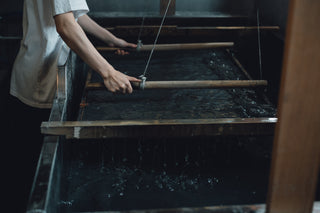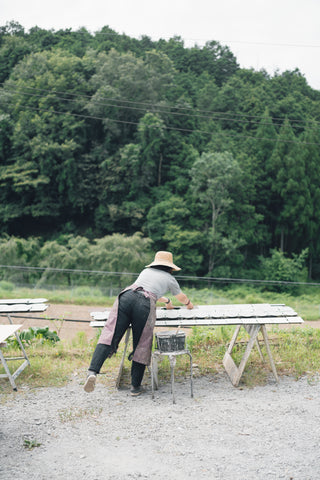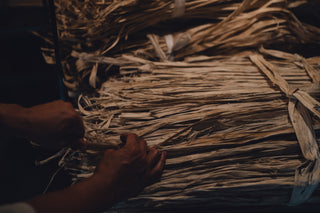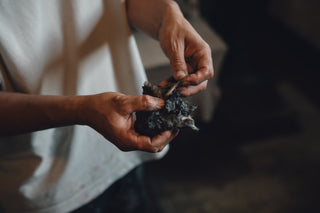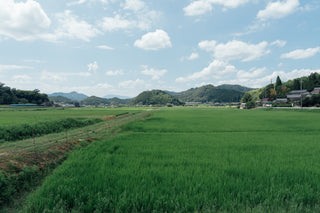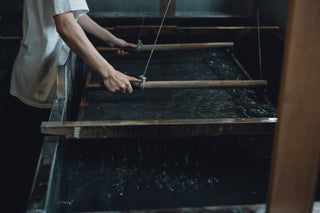Washi paper is deeply rooted in Japanese culture. Though the word "paper" might evoke a thin and fragile, Japanese people have been using the paper for durable purposes throughout history. It has been used for sliding doors (fusuma), screens (shoji), folding screens (byobu), as well as outdoor items like lanterns and umbrellas with oil coating for enhanced durability. Its lightweight nature, tear resistance, flexibility, and water resistance stem from the long fibers of kozo, the raw material used to make Washi paper. Furthermore, Washi paper exhibits exceptional longevity, as evidenced by papers used more than a thousand years ago, still preserved in the Shosoin (the treasure house of Todaiji temple).
Understanding how deeply Washi paper has integrated into Japan's climate and daily life, Hatano has concerns about its compatibility with the modern world filled with mass production and mass consumption.
"Won't the places where we live be crushed by the things we create if we continue like this?"
Hatano's studio is located in a rural area surrounded by mountains and fields in Ayabe City, Kyoto, where he moved to 25 years ago.
"When I think that people living here have been living for hundreds of years, generation after generation, I started contemplating sustainable living. I wanted to engage in work that continues those traditions. Seeing traditional elements alive in people's lives made me envious."
Hatano cultivates kozo, the raw material for Washi paper, in his own field and then crafts the Washi paper. He elevates the it into architectural spaces, products, and artworks. He dyes, layers, and pastes the paper, exploring new expressions of Washi and expanding its possibilities while diligently continuing to make it and promoting a cycle of production.
The products made from dyed Washi paper, which can be vibrant or profound in color, showcase a different allure from the soft beauty of Washi paper when used in interior spaces to capture and diffuse light. They possess a curious presence, being both strong and durable, while made from the mysterious material of Washi paper.
